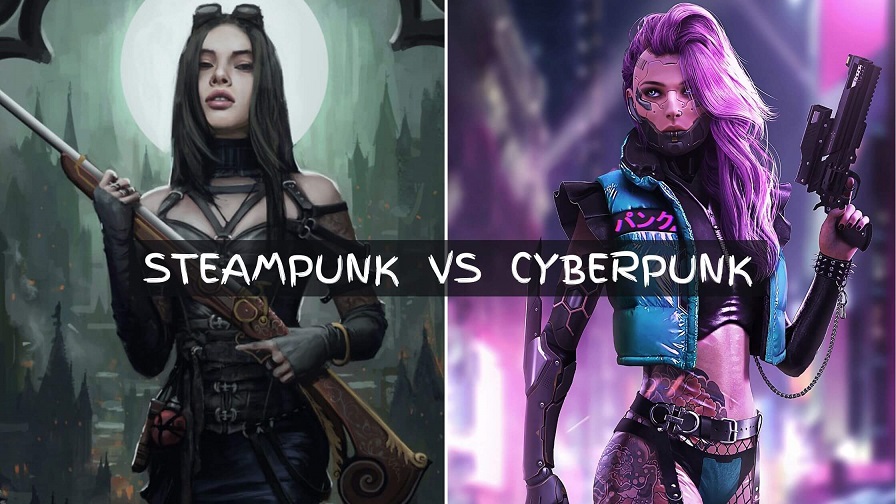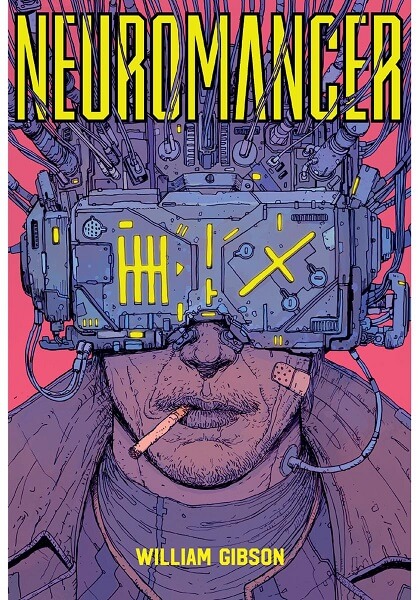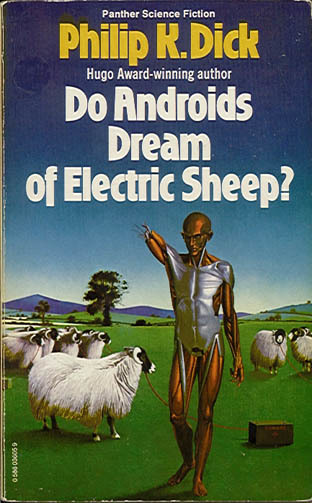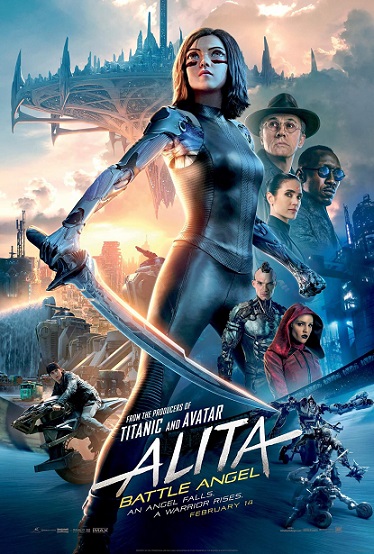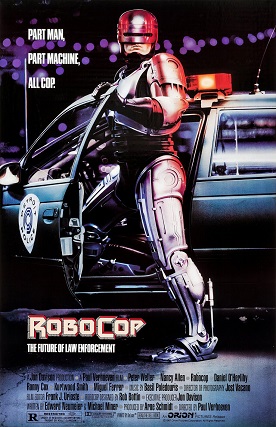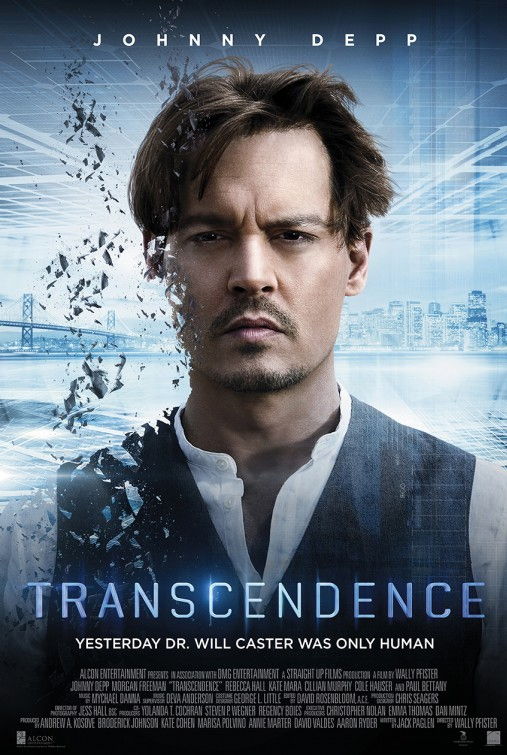Steampunk vs cyberpunk has always been a topic of debate among enthusiasts and fans. Cyberpunk is a subgenre of science fiction with a focus on ‘high tech and low life’. Most of the settings associated with this genre are set in an urban dystopian future. This genre mainly features advanced technological and scientific advancements associated with artificial intelligence, robotics, and cybernetics. Let’s dive deep to understand what cyberpunk really is and what the differences between steampunk and cyberpunk are.
Steampunk also started as a subgenre of science fiction literature. Most of the premise for this genre is based on the 19th-century Victorian era. It features some of the most important technologies of that time such as steam-powered machines, clockwork, and other industrial and electrical machinery. Steampunk authors try to reimagine the past but with better advances in technology using steam power. To know more about steampunk and its subcultures check out what is steampunk?
Contents
What is Cyberpunk?
Cyberpunk as a genre of science fiction is rooted in the New Wave Science Fiction movement of the 1960s and 70s. Literary authors such as Philip K. Dick, William Gibson, Bruce Sterling, Rudy Rucker, etc. are considered to be the first to explore this concept. The first time the word cyberpunk was used was in a short story of the same name by Bruce Bethke. “Do Androids Dream of Electric Sheep?” by Philip K. Dick is considered by many to be the first novel exploring the idea of cyberpunk in 1968. However, it was “Neuromancer” by William Gibson that proved to be the first definitive work that laid the foundations of the elements associated with this genre.
Cyberpunk elements can be derived by breaking down the word. Cyber usually refers to technologies that are based on the internet i.e. cyberspace and cybernetics. These elements can be found in most of the early novels and stories associated with this genre. For example “Do Androids Dream of Electric Sheep?” features a bounty hunter tracking down androids. This novel was also adapted into a feature film called Blade Runner by Ridley Scott in 1982. Blade Runner 2049 is a sequel to this movie and is one of the more modern representations of this genre.
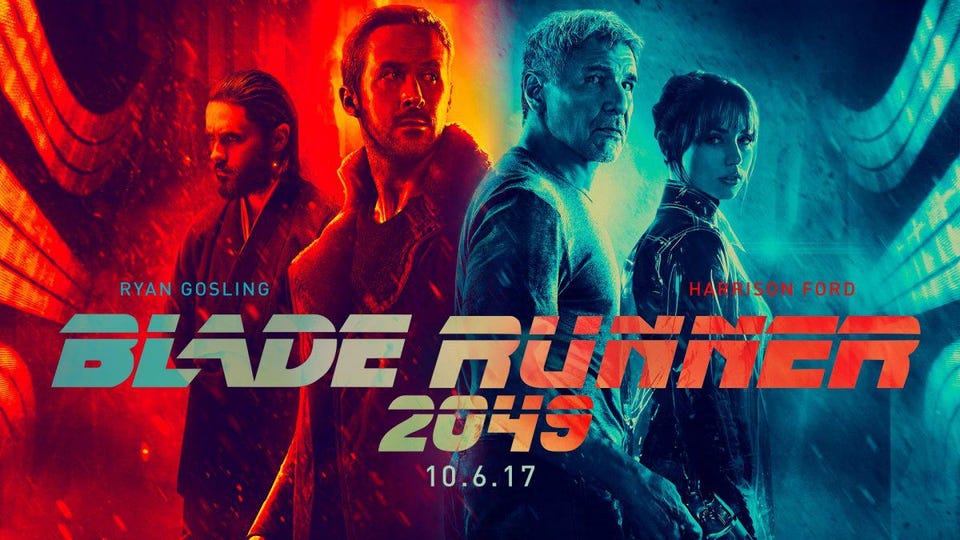
The punk element usually refers to the characters. The genre is usually set in a post-industrial dystopian future which is controlled by AI or mega-corporations. This recurring theme here usually shows a collapse in society as we know it and features an increase in social, economic, political, and judicial inequality. This leads to protagonists in many novels and stories being loners or outcasts who question authority and actively try to overthrow it.
Cyberpunk settings and other famous works
The cyberpunk genre can fit in a wide variety of settings. These may include the urban jungles, as featured in the 1988 anime adaptation of the manga Akira or the neon cityscapes and wastelands as shown in the movie Blade Runner 2049 (2017). The settings also feature online warfare and virtual reality action as seen in modern movies such as The Matrix trilogy. The urban landscapes or cityscapes from Hong Kong and Japan have had heavy influences in setting up the urban background and ambiance for several such works which include Blade Runner and Ghost in the Shell. Some of the more modern cyberpunk films include Judge Dredd, Robocop, Alita: Battle Angel, Looper, and many more.
Cyberpunk derivatives
Biopunk, nanopunk, post cyberpunk and cyberpunk noir are some of the well known derivatives of the cyberpunk genre. Each derivative focuses on a particular aspect of the technologies portrayed in cyberpunk. For example, biopunk mostly features biotechnology which is used for genetic engineering and enhancement. Children of Men(2016) and Gattaca (1997) are some of the well-known works of this genre. Nanopunk on the other hand uses nanotechnology and focuses on aspects like bio-nanotechnology and bio-robotics. The television series Generator Rex (2010) and Transcendence (2014) are some of the popular works associated with this genre.
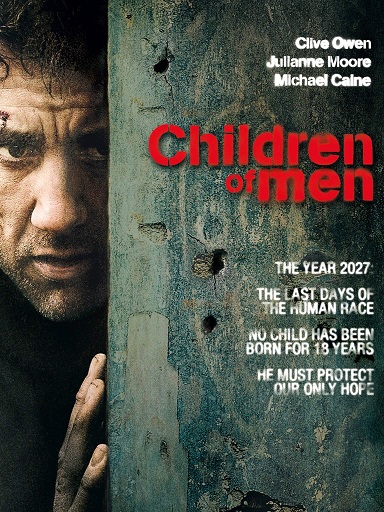
Difference between Steampunk vs Cyberpunk
Both steampunk and cyberpunk are captivating subgenres of science fiction and fantasy. They are also similar in the fact that they portray a futuristic world with advanced technology. However, the way in which the technologies are portrayed is vastly different in both steampunk vs cyberpunk. Steampunk features technology that is tilted towards the industrial side like gears, clockwork, gas valves, cogs, pressure gauge, etc.
In the world of steampunk, technology never reached a point where modern electronic computers were discovered. Most of the machinery seen in this world was powered by steam. On the other hand, cyberpunk features the use of computers in its futuristic technologies. This world is usually run by self-aware AI and automated systems.
Most steampunk works are based on the 19th-century industrial aesthetic whereas cyberpunk is set in the near future and features urban jungles and large cityscapes. Steampunk aesthetics take inspiration from the Victorian era, the American wild west, and the industrial revolution. Cyberpunk aesthetics, on the other hand, take inspiration from post-apocalyptic and dystopian settings with advanced technology.
In steampunk settings, the fashion is usually inspired by the Victorian era and American wild west. Long coats, tweeds, top hats, goggles, corsets, ruffle bottoms, and bustle skirts are some of the common pieces of apparel associated with the steampunk genre. Cyberpunk fashion draws inspiration from tech wear and gothic fashion. It usually features people in trench coats, boots, shiny black clothing, tight leather pants, tuxedos, and fancy goggles.
The color scheme of steampunk tilts towards the metallic shades of bronze, brass, steel, and other different shades of brown. Cyberpunk has a dark color scheme which is usually complemented by neon shades and gritty looks.
